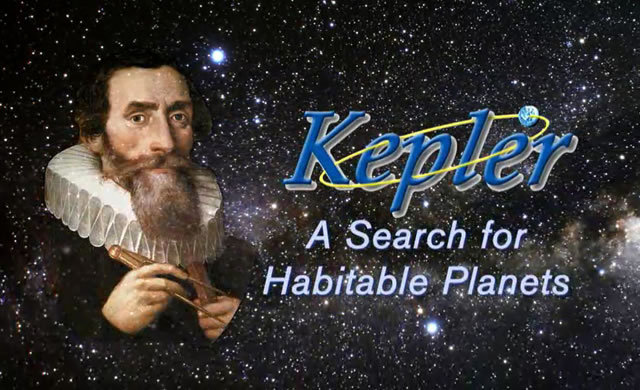 Kepler-62e – CREDIT: NASA/Ames/JPL-Caltech
Kepler-62e – CREDIT: NASA/Ames/JPL-Caltech
Con sempre più pianeti alieni simili alla Terra scoperti intorno alla galassia, l’umanità dovrebbe ora cominciare a pianificare i prossimi passi nella sua ricerca di vita aliena, dicono i ricercatori.
Giovedi ‘(18 aprile), gli scienziati hanno annunciato la scoperta di altri tre esopianeti potenzialmente abitabili – Kepler-62e, Kepler-62f e Kepler-69c, il che suggerisce che il cosmo è stracolmo di mondi in grado di sostenere la vita come noi la conosciamo. Quindi è il momento giusto per pianificare i prossimi passi nella scoperta e nello studio dettagliato per la caratterizzazione di questi promettenti pianeti alieni, hanno detto i ricercatori. Un compito che richiede strumenti nuovi e più potenti. “Siamo certi di voler raccogliere la luce da questi pianeti, di capire, prendere i dati, non solo capire se c’è acqua e anche segni di vita o no su questi pianeti,” ha detto Lisa Kaltenegger del Max Planck Institute for Astronomy e dell’Harvard-Smithsonian Center for Astrophysics, che fa parte del team che ha scoperto Kepler-62e e f, nel corso di una recente conferenza stampa. Come suggerisce il nome, i tre pianeti sono stati scoperti dal telescopio spaziale Kepler della Nasa, che ha individuato più di 2.700 potenziali mondi alieni fin dal suo lancio nel marzo 2009. Solo 122 sono stati confermati fino ad oggi, ma gli scienziati della missione si aspettano molto di più del 90 per cento che finirà per fornire ottimi risultati.
William Borucki: “I consider Kepler-62e and 62f golden discoveries. But, we’re hunting for platinum.”nasa.gov/mission_pages/…
— NASA Kepler (@NASAKepler) 20 aprile 2013
With more and more Earth-like alien planets being discovered around the galaxy, humanity should now start planning out the next steps in its hunt for far-flung alien life, researchers say.
On Thursday (April 18), scientists announced the discovery of three more potentially habitable exoplanets — Kepler-62e, Kepler-62f and Kepler-69c — further suggesting that the cosmos is jam-packed with worlds capable of supporting life as we know it. So the time is right to get the ball rolling beyond mere discovery to the detailed study and characterization of promising alien planets, researchers said — a task that will require new and more powerful instruments. “You really want to collect the light from these planets, to figure out — take the data, not just infer —whether or not there’s water, and even signs of life, on these planets,” Lisa Kaltenegger of the Max Planck Institute for Astronomy and the Harvard-Smithsonian Center for Astrophysics, who was part of the team that discovered Kepler-62e and f, said during a press conference Thursday. As their names suggest, the three newfound planets were discovered by NASA’s prolific Kepler space telescope, which has spotted more than 2,700 potential alien worlds since its March 2009 launch. Just 122 have been confirmed to date, but mission scientists expect more than 90 percent will end up being the real deal.
Source/Continue reading → SPACE.com
@denebofficialThanks!— NASA Kepler (@NASAKepler) 18 aprile 2013
Leggi anche/Read also:
- Le scoperte di Kepler: Tre nuovi Pianeti Blu spiegati in una Infografica – Beautiful Blue Planets – Three Alien Earth Explained (Infographic)
- KepIer: Pianeti gemelli della Terra sono ritenuti entrambi compatibili per la vita – First neighbouring planets that are both life-friendly
- NASA: Kepler scopre due Pianeti Gemelli della Terra? NASA: Kepler, twins for Planet Earth?
- NASA: Scoperto nuovo Pianeta Alieno, oggi l’annuncio – NASA to Reveal New Alien Planet Findings





















